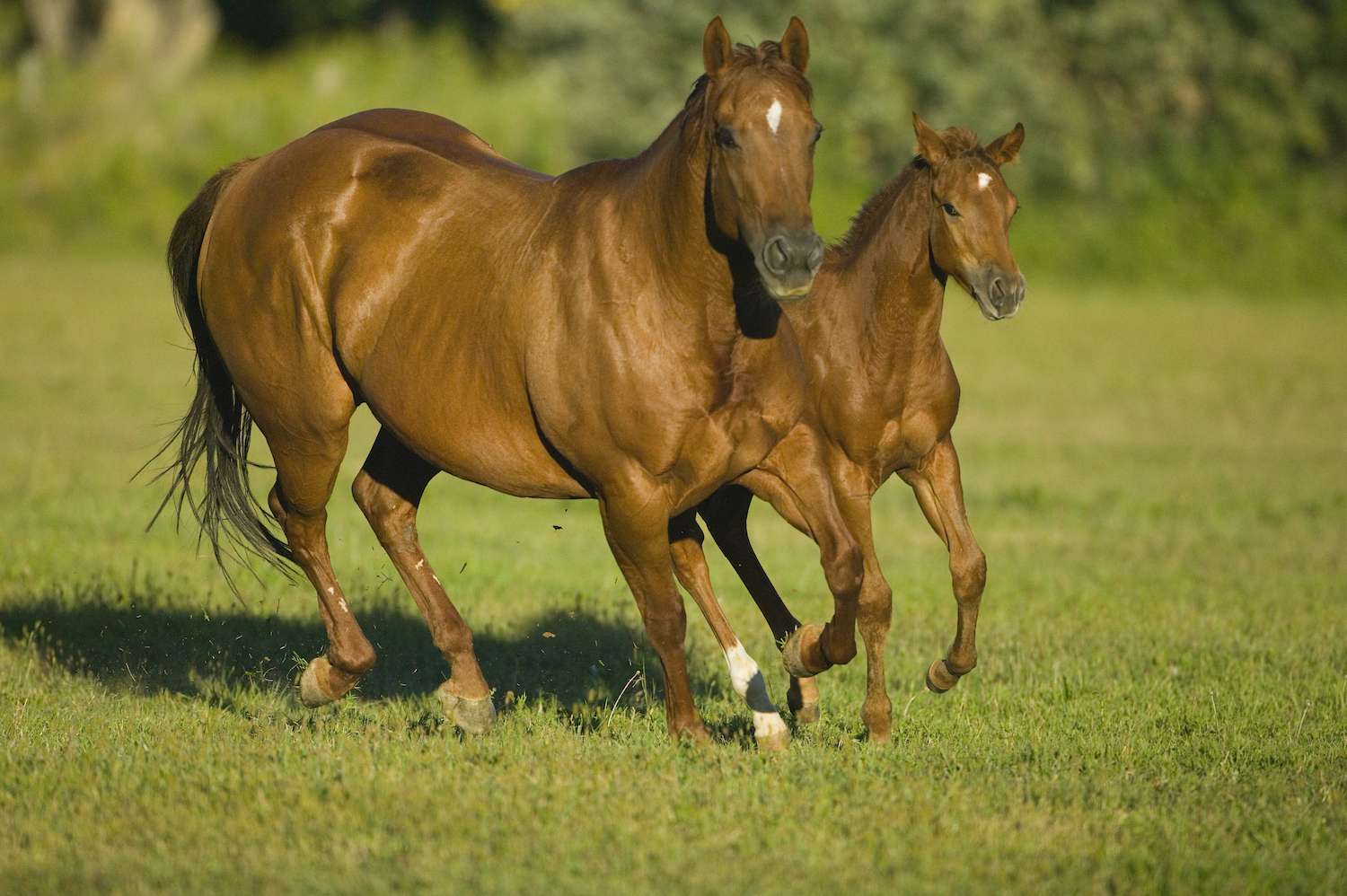
American Quarter Horse(Origin, Characteristics & More 2020)
Contents
AMERICAN QUARTER HORSE HEIGHT: 14.2–17 hands
ORIGIN OF AMERICAN QUARTER HORSE : North America; originated along the eastern seaboard and solidified into a breed on the ranches of the American West
SPECIAL QUALITIES: Exceptional athleticism and versatility; extreme speed for short distances; most highly developed “cow sense” of any breed
BEST SUITED FOR: Ranch work; short-distance racing, cutting, reining, and other competition
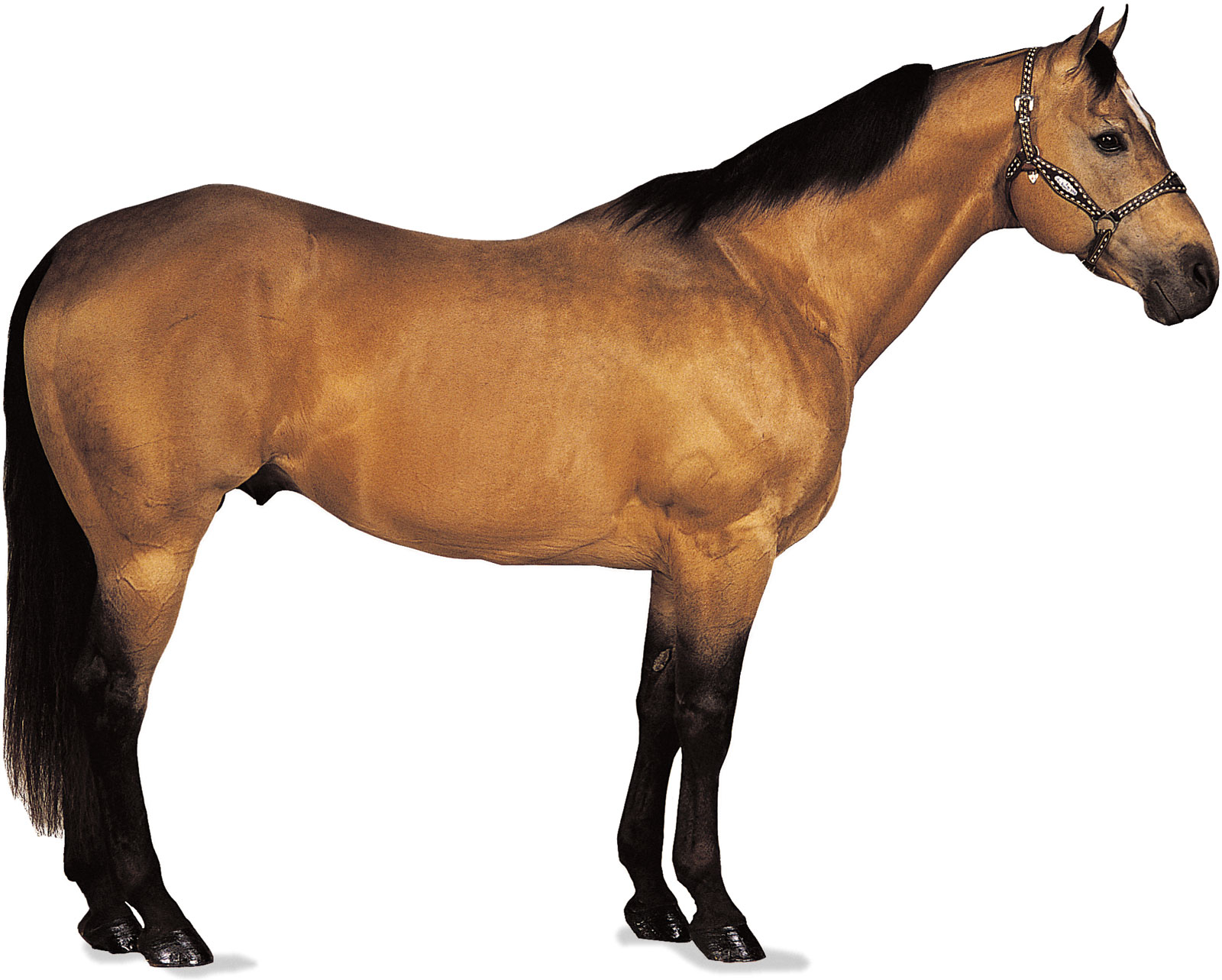
The American Quarter Horse is truly an American creation. It may be the first horse “type” to have been deliberately produced on this continent. Its history can be traced back even before the earliest days of the American colonies, all the way to the official royal breeding farms established on this continent by the very early Spanish in what is now the southeastern section of the United States, an area then known as Spanish Guale.
The Quarter Horse’s pedigree includes Spanish Barbs, Colonial mid-Atlantic Quarter-Pathers, Rhode Island racing stock, English Thoroughbreds, Andalusians, Mustangs, and the small but excellent horses of the Chickasaw Indians, among others.
Historians report that the first individuals to import English horses to Virginia did so around 1620. Quite soon thereafter, horse racing became legal and immediately grew popular, particularly as a leisure activity for the sons of wealthy plantation owners. By 1690, very large purses were being offered, some reportedly worth as much as $40,000 in gold and other commodities. There were no racetracks, and long, straight stretches of road were hard to find, so the races were short, most often a measured quarter-mile.
Races were often run down the main street of the town, because that was usually the only flat, cleared stretch available. They were almost always match races, and the horses were known as Quarter-Pathers, Short-racing Horses, or sometimes Short Horses. J. F. D. Smith, who toured the colonies before the Revolutionary War, reported, “They are much attached to quarter racing, which is always a match between two horses run a quarter of a mile, straight out . . . and they have a breed which performs it with astounding velocity.”
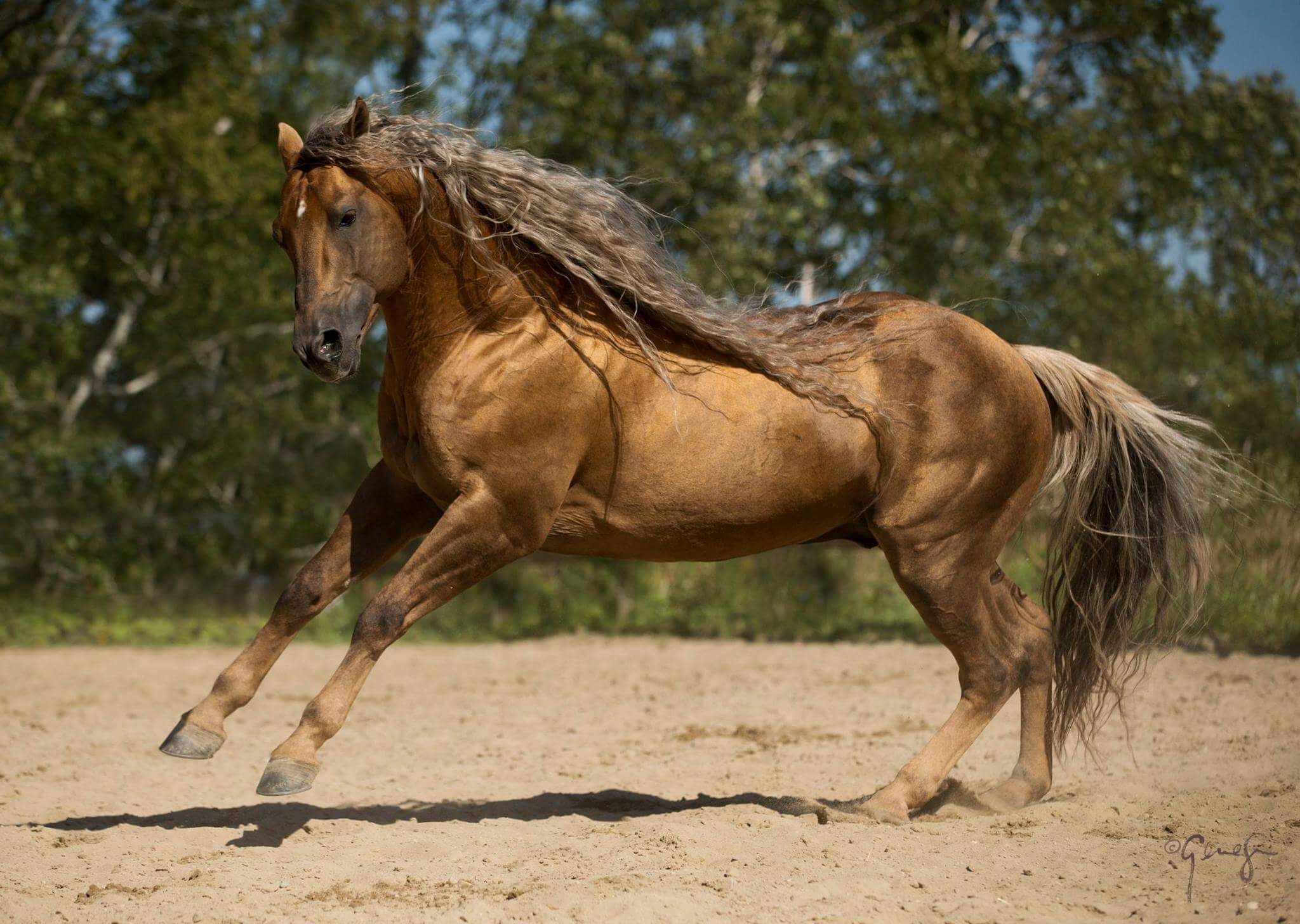
Short racing was also popular in Rhode Island, where some of the best colonial running horses were raised. The relaxed laws of Rhode Island allowed horse racing, while other, more Puritanical New England states did not. William Robinson, a deputy governor of Rhode Island, bred some of the very best racers. His original sire was a horse named Old Snipe, who was discovered in a group of wild horses. It is strongly believed that Old Snipe’s closest ancestors were Barbs from Andalusia, or Córdoba, in Spain. When races were arranged between horses of Virginia and Rhode Island, the offspring of Old Snipe did so well that soon they were being exported to Virginia.
Virginia’s earliest racing Short Horses already had some Spanish blood. By the early to mid-1600s, there were horses of Spanish descent in the backwoods of Virginia, some wild and some owned by Indians, including the Chickasaw, who were known for having small horses of excellent quality.
A traveler from England described the horses as being “not very tall, but hardy, strong, and fleet.”
The wild Spanish horses originally came from what was then known as Spanish Guale, a huge ranching district in the Southeast that had been established by Pedro Menendes de Aviles (best known for naming St. Augustine in Florida in 1565). By 1650, this area had seventy-nine missions, eight large towns, two royal ranches, and many horses.
Repeated raids by both the English and the Indians on the Spanish settlements, and subsequent trading, spread livestock far into the North.
The Quarter Horse originated in the colonial era with the blood of many breeds, each contributing excellence.
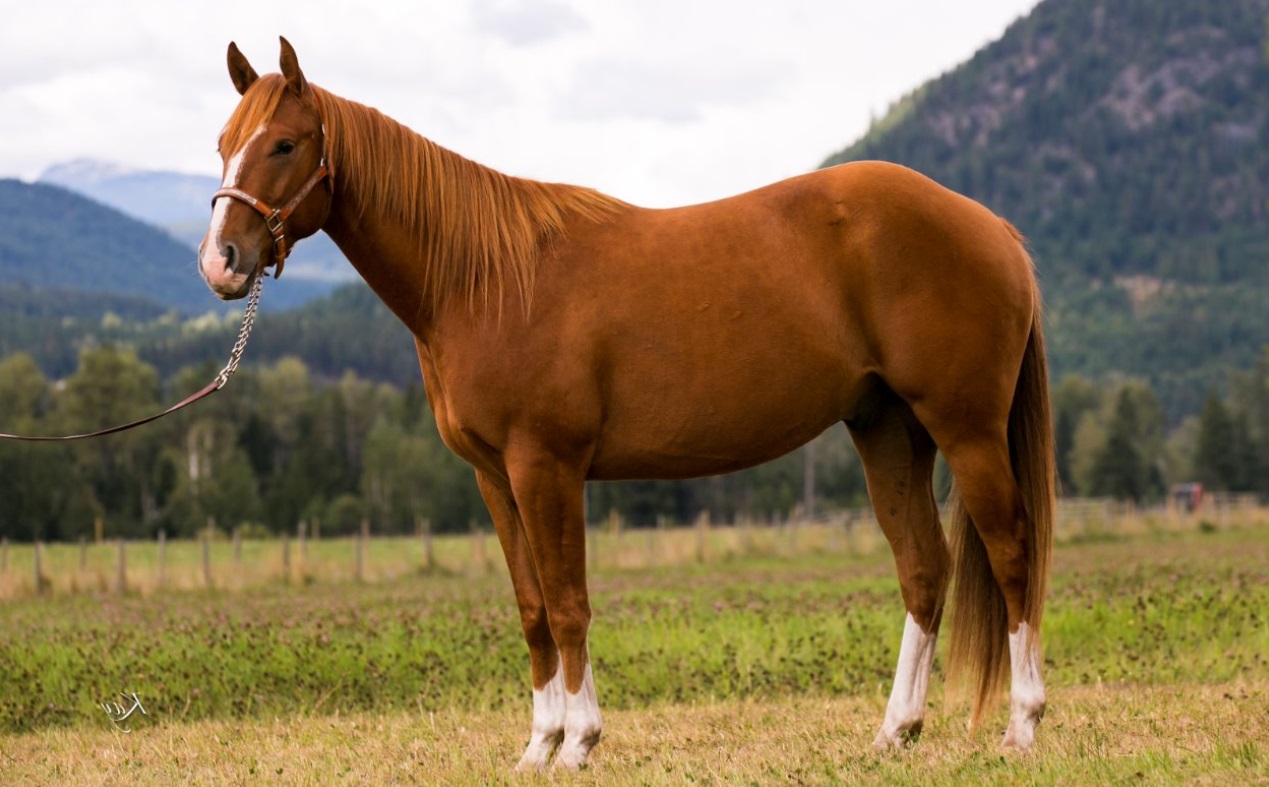
Thoroughbred Influence
Although many believe the Thoroughbred was a cornerstone in the foundation of the Quarter Horse, in fact, the colonial Short Horse was well established before the earliest English Thoroughbreds could have significantly influenced the breeding.
The original studbook for American Thoroughbreds specifically included “Short-Horses” in the pedigrees of the first recorded American Thoroughbred Horses.
The earliest individual English Thoroughbred to make an impact on Quarter Horses was Janus, who was imported to Virginia in 1752.
A terrifically prolific sire, he was said to have produced horses with more early speed than endurance. After Janus, the greatest Thoroughbred influence on early Quarter Horses was Sir Archy, a 16-hand distance horse.
Many of the greatest Quarter Horses of the nineteenth century, such as Cold Deck, Shilo, and Billy, trace back to Sir Archy, as do two well-known horses of the twentieth century, Joe Bailey and Peter McCue.
From the time of Janus to the present day, Thoroughbreds have repeatedly been crossed in. Without this occasional cross, there was a tendency for the running ability of the Quarter Horses to become too “short,” meaning they could not maintain any significant speed over distance, and for coarseness to appear in their features.
Thoroughbred blood also helped counteract a tendency for Quarter Horses to become “mutton withered” and to have short, upright pasterns. Thoroughbreds are still crossed in, more in some types of Quarter Horses than in others.
From Racing to Ranching
In the nineteenth century, longer races supplanted short-distance racing. Racetracks were built, and by 1850, the fashion in racing was four-mile heats.
As longer distances became the norm, the Quarter-Pather lost a great deal of favor to English horses that could run farther. Quarter-Pather breeding fell off dramatically.
In this same era, however, settlers were moving west, and the functional little Short Horses moved with them, pulling wagons, buggies, and plows.
As the settlers turned to managing livestock, these horses were discovered to have exceptional “cow sense,” as well as the quickness and athleticism that made them ideally suited for ranch work. By then the breed was more commonly known as the Quarter Horse.
When cattle ranching became a major industry, American Quarter Horses were indispensable.
American Quarter Horses were also popular because they made excellent using horses — meaning they could do a wide variety of highly useful things, particularly on ranches. Because of their kind disposition, they were often the first choice as family mounts as well.
Today, the breed is by far the most popular and successful in the world, with more than 4,000,000 registered horses. American Quarter Horses can be found just about everywhere doing just about everything that horses can do.
Originally developed on the East Coast to run races over short distances, the Quarter Horse found its place in the development of the West as an outstanding ranch horse with innate “cow sense.”
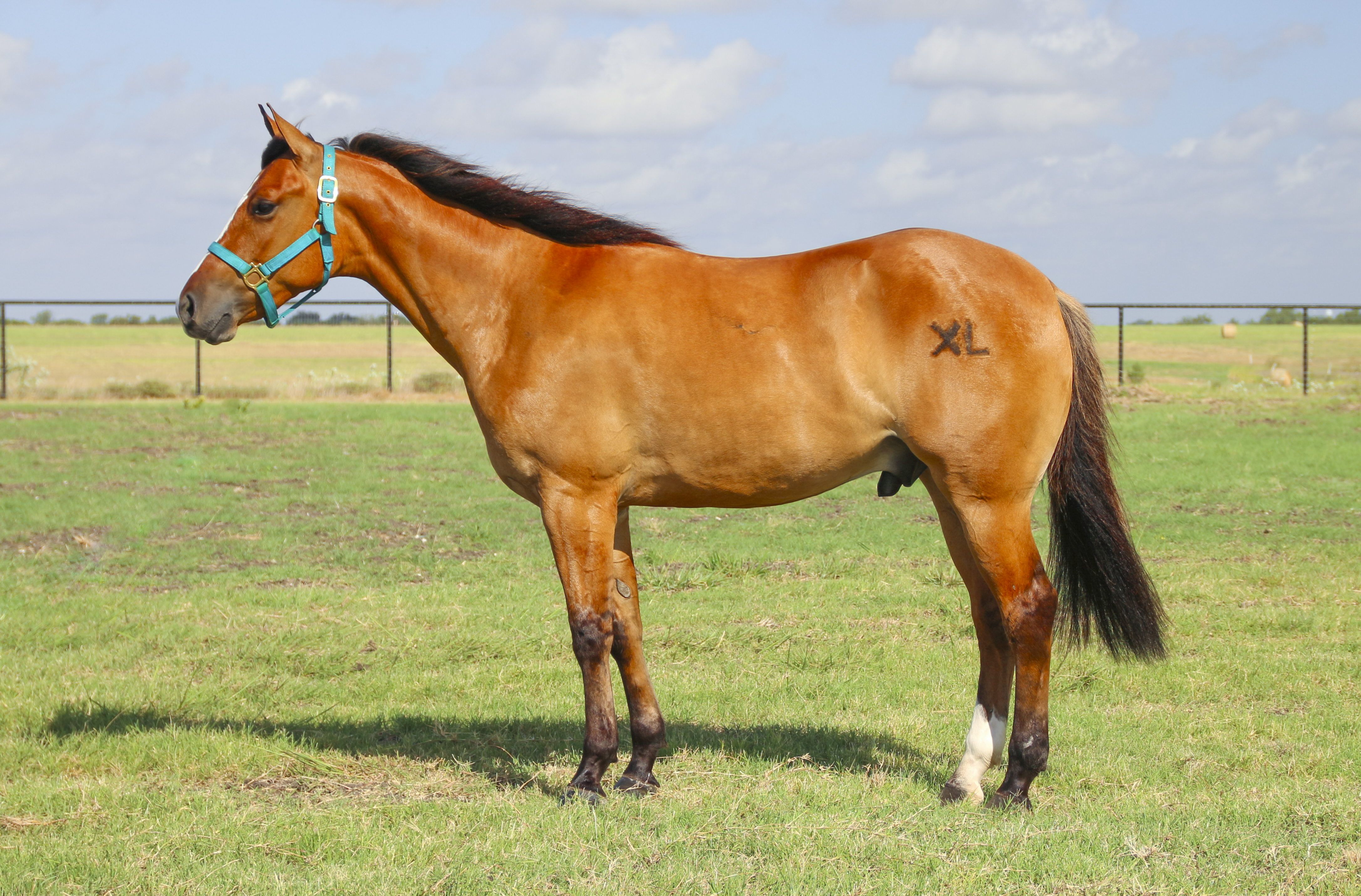
Breed Characteristics
The American Quarter Horse has become so popular that there are now several types within the breed, their qualities varying dependent on the activities they perform. Today’s cutting horses don’t look like the pleasure horses, and the pleasure horses don’t look like the halter horses.
Conformation
Quarter Horses can stand between 14.2 and 17 hands, with a typical weight range of 1,000 to 1,500 pounds. Generally, the Quarter Horse has a short, fine head with a straight profile, small, alert ears, and lively eyes set well apart. The neck is muscular, well formed, and somewhat arched.
The withers are well defined and set prominently into the short, straight back. The long, muscular, and rounded croup drops gently to the haunches. The chest is wide and deep, and the shoulder long, muscular, and usually well sloped.
The legs are solid and well formed, with broad, clean joints and very muscular thighs, gaskins, and forearms. The feet are generally good, but on some horses may be less than proportionate to body size.
Although blazes and other facial markings are common, Quarter Horses (above) do not exhibit pinto coloring. Buckskin (left) is typical.
Color
The AQHA recognizes bay, black, brown, sorrel, chestnut, dun, red dun, grulla, buckskin, palomino, gray, red roan, blue roan, bay roan, cremello, and perlino.
Sorrel is by far the most common color, making up about one third of registered horses. White markings on the face and lower legs are permitted (and common), but white above the knee or the hock and white body patches are not allowed.
BREED ASSOCIATION FACTS AND FIGURES
According to the American Quarter Horse Association (founded in 1940):
• Worldwide, there were more than 4,000,000 horses registered as of 2003.
• Approximately 150,000 new foals are registered each year.
